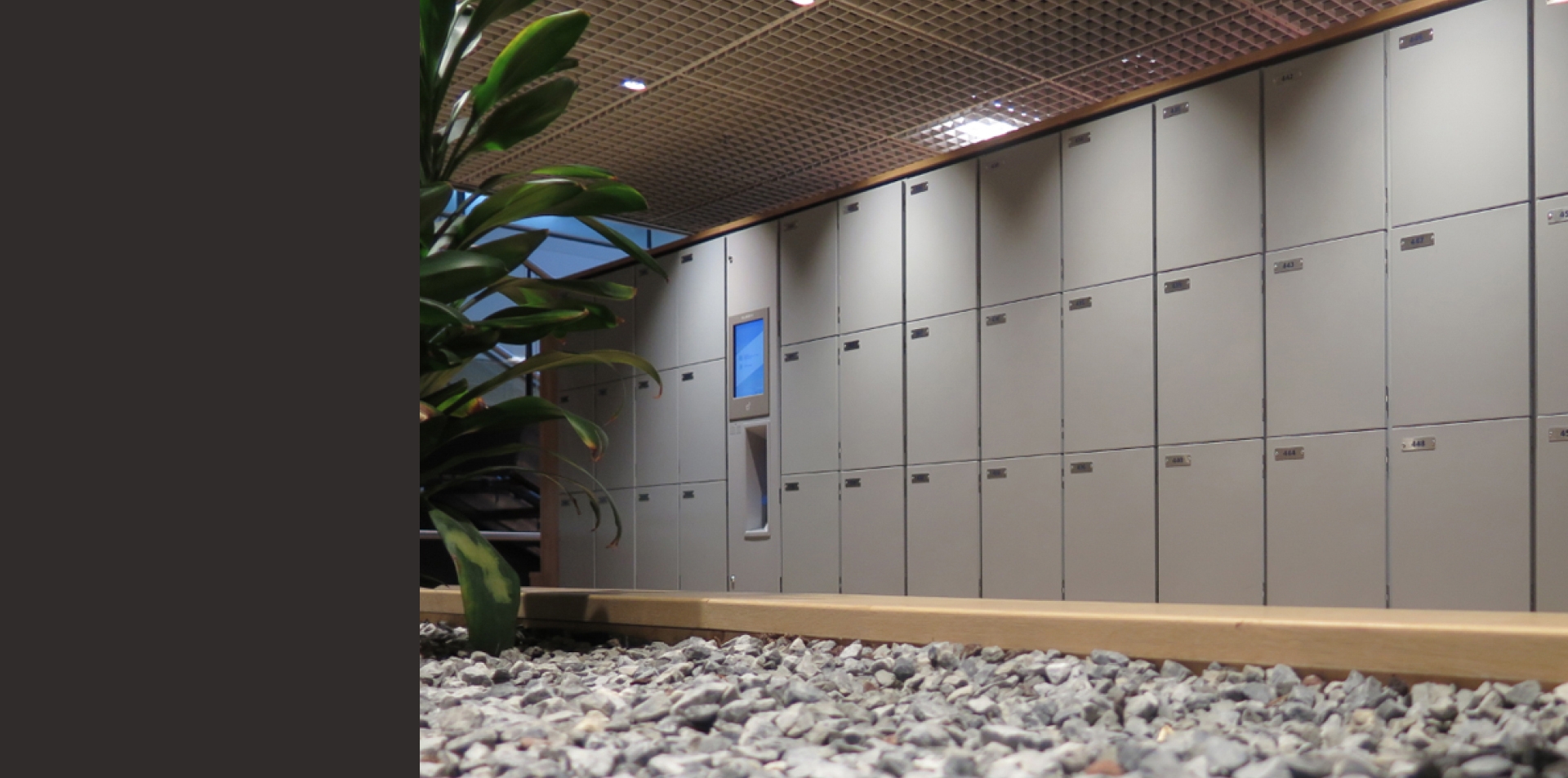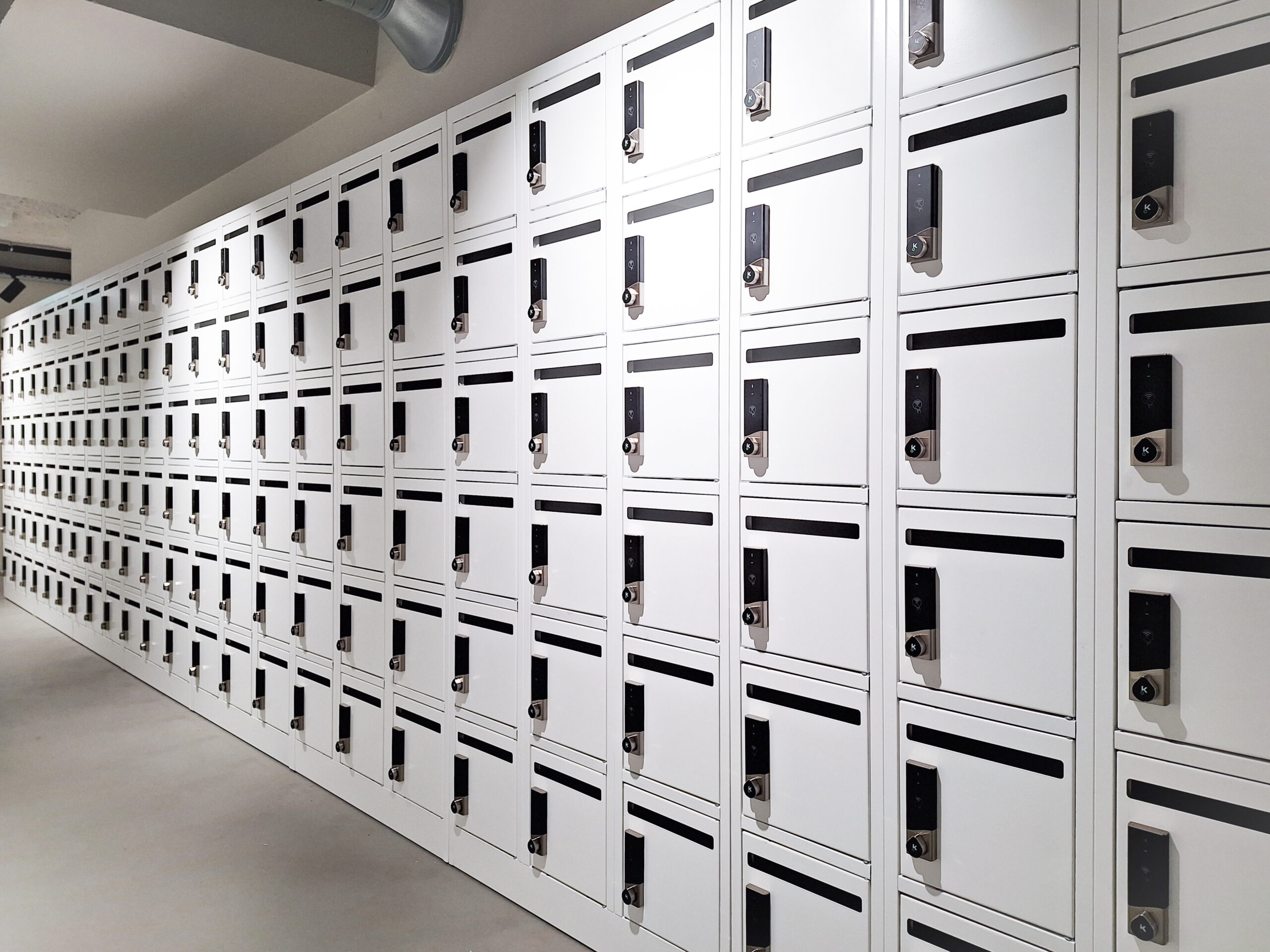The Benefits of Education: Unlocking Your Potential
In today’s fast-paced and ever-changing world, education plays a pivotal role in shaping individuals and societies alike. It goes far beyond imparting knowledge and facts; education is the key that unlocks our potential, allowing us to discover new horizons, explore our passions, and become the best versions of ourselves.
Understanding the Value of Education
Education holds immense value, both on a personal and societal level. It empowers individuals to develop critical thinking skills, broaden their perspectives, and engage in meaningful conversations. By continuously expanding our intellectual capacity, education fuels personal growth and fosters a deeper understanding of the world we live in.
Education is not just about acquiring knowledge; it plays a crucial role in shaping our character and values. Through education, we learn important life lessons such as discipline, perseverance, and integrity. These qualities not only contribute to our personal development but also influence our interactions with others and our impact on society.

Moreover, education provides us with the tools to navigate the complexities of the modern world. It equips us with the ability to analyze information critically, make informed decisions, and solve problems effectively. In a rapidly changing global landscape, these skills are essential for success in various professional fields.
The Role of Education in Personal Development
At its core, education serves as a catalyst for personal development. It equips us with the necessary tools and knowledge to navigate through life’s challenges. Through education, we gain a sense of self-confidence, resilience, and adaptability – qualities that are vital for success in today’s competitive world.
Education also plays a significant role in shaping our identity and aspirations. It exposes us to a wide range of subjects, allowing us to discover our passions and interests. Whether it’s through literature, science, or the arts, education provides us with the opportunity to explore different fields and find our true calling.
Furthermore, education fosters personal growth by encouraging continuous learning and self-improvement. It instills in us a thirst for knowledge and a curiosity about the world. This lifelong pursuit of learning not only enriches our lives but also keeps us intellectually stimulated and engaged.
Economic Benefits of Being Educated
Education opens doors to economic opportunities and financial success. By acquiring knowledge and skills, individuals enhance their chances of securing high-paying jobs, creating a stable future, and enjoying a higher standard of living. A well-educated workforce is also crucial for driving economic growth and innovation, leading to thriving societies.
Furthermore, education equips individuals with the skills necessary to adapt to the ever-evolving job market. In today’s digital age, technological advancements are reshaping industries and creating new job roles. Through education, individuals can stay ahead of these changes and acquire the skills needed to thrive in the future workforce.
Additionally, education plays a vital role in reducing income inequality. It provides individuals from disadvantaged backgrounds with the opportunity to break the cycle of poverty and improve their socio-economic status. By investing in education, societies can create a more equitable and inclusive environment.
Social Advantages of Education
Education is a powerful agent for social development. It fosters empathy, tolerance, and respect for diversity, promoting social cohesion and understanding. By providing individuals with a deeper understanding of different cultures, beliefs, and perspectives, education helps build harmonious communities and contributes to a more inclusive society.
Moreover, education plays a crucial role in promoting social mobility. It provides individuals with the knowledge and skills necessary to overcome social barriers and achieve their full potential. By empowering individuals from all backgrounds, education creates a more just and equitable society.
Furthermore, education is a catalyst for positive social change. It enables individuals to critically examine societal issues, challenge existing norms, and advocate for justice and equality. Through education, individuals can become active citizens who contribute to the betterment of their communities and strive for a more just and compassionate world.
The Connection Between Education and Potential
Education is not just a means to an end; it is a lifelong journey that nurtures our potential and shapes our destiny. By exploring various subjects and disciplines, education paves the way for personal growth and self-discovery, allowing individuals to unleash their hidden talents and abilities.
When we embark on the path of education, we embark on a journey of self-discovery. We delve into the depths of knowledge, learning about the world and ourselves in the process. Each subject we study, each book we read, and each lesson we learn adds a new layer to our understanding of the world. Education is not just about acquiring facts and figures; it is about expanding our horizons and broadening our perspectives.
One of the greatest benefits of education is the enhancement of skills and abilities. Through education, we acquire problem-solving skills that enable us to tackle challenges with confidence and creativity. We develop critical thinking abilities that allow us to analyze information, question assumptions, and make informed decisions. Additionally, education equips us with effective communication techniques, enabling us to express our thoughts and ideas clearly and persuasively.
How Education Enhances Skills and Abilities
Education equips individuals with a wide range of skills and abilities that are essential for success in the modern world. Through learning, we acquire problem-solving skills, critical thinking abilities, and effective communication techniques. Moreover, education instills a thirst for knowledge and a lifelong love of learning, enabling us to adapt to an ever-evolving society.
Education is not limited to the classroom; it extends beyond the boundaries of textbooks and lectures. It encompasses hands-on experiences, practical applications, and real-world scenarios. Through internships, apprenticeships, and experiential learning opportunities, education provides us with the chance to apply our knowledge in real-life situations. This practical aspect of education enhances our skills and abilities, making us more capable and confident individuals.
Education as a Tool for Unlocking Creativity
Education provides a fertile ground for creativity to flourish. By encouraging innovative thinking, artistic expression, and curiosity-driven exploration, education unlocks the creative potential within individuals. It teaches us to approach problems from different angles, think outside the box, and discover unique solutions that can drive positive change in the world.
In the realm of education, creativity is not limited to the arts. It extends to all fields and disciplines. Whether it is finding new ways to solve mathematical equations, designing sustainable buildings, or developing groundbreaking technologies, education nurtures creativity in every aspect of our lives. It encourages us to push boundaries, challenge conventions, and think beyond the constraints of what is known.
The Impact of Education on Career Prospects
Education is a key determinant of career prospects. It equips individuals with the necessary skills and qualifications to pursue their professional aspirations. Furthermore, education helps build networks and connections, opening doors to career opportunities and advancement. A well-rounded education not only enhances employability but also empowers individuals to make informed career choices aligned with their passions and interests.
When it comes to career prospects, education acts as a catalyst for growth and success. It provides individuals with the knowledge and expertise required to excel in their chosen fields. Whether it is medicine, engineering, business, or any other profession, education lays the foundation for a fulfilling and rewarding career.
Moreover, education goes beyond the acquisition of technical skills. It also fosters personal development and character building. Through education, individuals develop qualities such as resilience, perseverance, and adaptability, which are highly valued in the professional world. These qualities not only enhance career prospects but also contribute to overall personal growth and well-being.
In conclusion, education is not just a means to an end; it is a transformative journey that shapes our potential and empowers us to reach new heights. Through education, we enhance our skills and abilities, unlock our creativity, and open doors to a world of career opportunities. Let us embrace the power of education and embark on a lifelong journey of learning and growth.
Overcoming Barriers to Education
While education holds immense value, we must acknowledge and address the barriers that prevent equal access to quality education for all.
Addressing Financial Obstacles
One of the primary hurdles in accessing education is the financial burden associated with it. To ensure equal opportunities, it is essential to implement policies that provide financial aid, scholarships, and grants to those in need. By making education more affordable and accessible, we can level the playing field and grant everyone the chance to unlock their potential.
Tackling Educational Inequality
Educational inequality remains a persistent challenge in many societies. Bridging the gap between privileged and marginalized communities requires targeted initiatives such as improved infrastructure, inclusive curricula, and equal resources distribution. We must strive to create an educational system that treats every individual with equal dignity and empowers them to pursue their dreams.
The Importance of Accessible Education for All
Education should be a right, not a privilege. It is crucial to promote inclusive education that accommodates diverse learning styles and needs. By embracing technology, designing flexible learning environments, and providing support to students with disabilities, we can ensure that no one is left behind on the path to unlocking their full potential.
The Future of Education
The landscape of education is continuously evolving, driven by advancements in technology and changing societal needs. Understanding and adapting to these shifts will be crucial in unlocking the true potential of education in the future.
The Rise of Online Learning
In recent years, online learning has gained significant momentum, revolutionizing how education is delivered. The accessibility and flexibility of online platforms have democratized learning, enabling individuals from all walks of life to engage in educational pursuits. The rise of online learning has widened the horizons of education and opened up opportunities for lifelong learning.
The Shift Towards Lifelong Learning
In the age of rapid technological advancements and fast-paced change, education no longer ends with a degree or diploma. Lifelong learning has emerged as a necessity, as individuals must continuously upgrade their skills to remain competitive in the job market. Embracing a lifelong learning mindset allows individuals to adapt to new challenges, seize opportunities, and unlock their potential throughout their lives.
The Role of Technology in Education’s Future
Technology has become an integral part of education, transforming traditional classrooms into vibrant, interactive learning spaces. With the rise of artificial intelligence, virtual reality, and personalized learning platforms, education is evolving to cater to individual needs and preferences. Embracing technology in education holds immense potential to enhance learning outcomes and unlock new pathways for personal and societal development.
Education is a powerful force that has the ability to transform lives and shape a brighter future. By recognizing the benefits of education and working together to overcome barriers, we can unlock the unlimited potential that lies within each individual, paving the way for a more prosperous and inclusive world.






